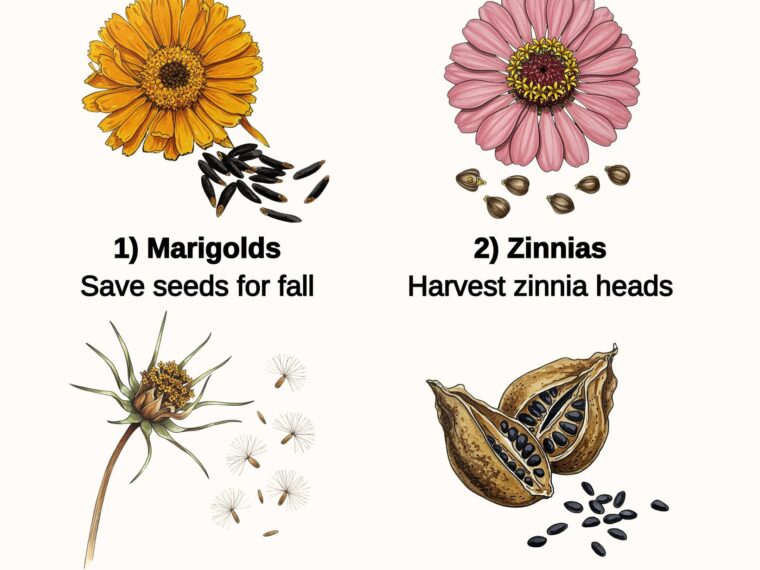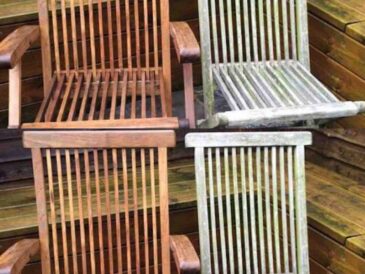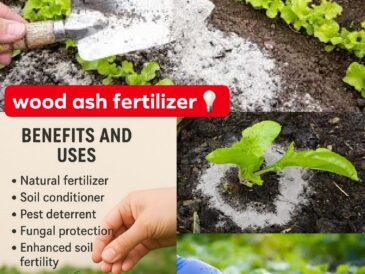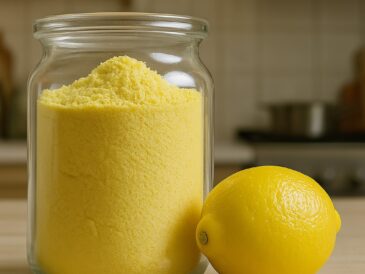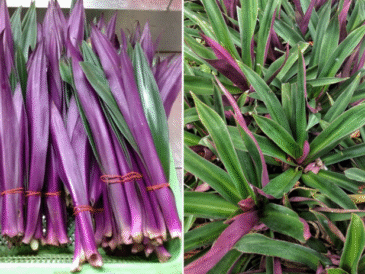8 Flower Seeds You Should Harvest In August (Before It’s Too Late)
I’ve written many August guides in the past that include everything from sowing and propagation to cleaning and pruning. However, there’s something I definitely need to start mentioning more often: flower seeds.
In this one, allow me to take you through some common (and uncommon) flower seeds that would appreciate being harvested in the month of August. Let’s jump straight into it!
Why August Is The Perfect Time To Save Flower Seeds?

Most annual and perennial varieties go to seed in late summer, typically in August for most regions. Collecting flower seeds is a good idea during this time as it ensures dry pods, healthy seeds, and safe, long-term storage.
Since environmental conditions can also turn harsh after August, many gardeners lose their precious seeds to strong winds or rain. Harvesting early limits the chances of this happening.
When you collect flower seeds, you’re essentially getting free plants next year, so it’s something I highly recommend you do. Or if you want blooms even sooner, you can still sow these flower seeds in August for a spring head start.
Also, harvest a few seeds for yourself, but leave some standing through fall and winter so birds and other wildlife can enjoy the leftovers.
Are My Seeds Ready? Let’s See!

You want to look for:
- Super dry pods and seed heads;
- Browning stems or flower heads;
- Volatile seeds and pots that can be pulled out easily.
But, you must avoid:
- Pods that are still fairly green and soft to the touch;
- Milky seeds that haven’t matured yet.
Important tip: Whatever seeds you collect, let them air-dry completely before sealing them in bags or jars, otherwise, they might mold and ruin your batch.
And if you’re unsure whether to cut or leave things standing, this pruning guide for August covers it all clearly.
Flower Seeds You Should Harvest in August

1: Marigold (Tagetes)

To collect marigold seeds, pull the dry flower heads apart, and you’ll find black arrow-shaped tucked right at the base of the petals. Allow them to dry fully before you store them.
They’re super easy to store, and you can sow the seeds next year for more marigold flowers. And if they’re still blooming heavily, you can give them a light summer trim to keep the show going.
2: Zinnia

Zinnia seeds can easily be plucked from their center core. Just wait for the petals to mature first and the cone to turn dry and brown. After that, you’re free to harvest as many seeds as you want.
Each dried petal usually has a seed attached at the base, kind of like a little arrowhead hiding behind the bloom. For most of these flowers, you will, unfortunately, have to wait for the seeds to dry up before you get to storing them.
3: Cosmos

When cosmos flower heads fade and die, you’ll find dry seeds sticking out of them even from a distance. You want to collect these seeds early, because cosmos are a little too generous witht their seeds. Otherwise, they’ll happily scatter themselves everywhere next year!
It’s also a good time to cut back certain perennials while you’re out in the garden checking on seed heads.
4: Nigella (Love-In-A-Mist)

For nigellas, their seed pods typically turn brown and crispy in August. Collect these pods, snip them, and let them fully dry indoors. Fortunately for you, even if you forget to collect the seeds, nigellas are known for reseeding pretty easily, which makes them perfect for busy or lazy gardeners!
5: Calendulas

Out of all the flowers in this list, calendulas definitely have the weirdest-looking seeds! The seeds resemble dry, curved worms, and they’re pretty realistic, I must say.
When collecting calendula seeds, just wait till the flower base is dry and falling apart; that’s your sign to intervene. This usually happens by mid to late August, so keep a close eye before they curl away unnoticed.
Also, take a look at this guide that highlights the flowers you should definitely leave alone for now.
6: Coneflower (Echinacea)

If you’ve ever seen coneflowers, their brown center is what actually holds the seeds. To collect them, let the center heads completely dry first and pick the seeds with gloves because they can be a little sharp and prickly.
Tip: Always leave a few cones standing through winter. Birds, especially goldfinches, absolutely love them!
If your coneflowers are still blooming strong, here’s how to deadhead them properly to prolong blooms without interrupting seed production later.
7: Poppy (Papaver Spp.)

In the case of poppies, seed pods automatically rattle when they’re ready to be harvested.
The best tip I can give you for poppy seed collection is to cut the pods and shake them upside down to collect all the seeds in a bag or container. It’s faster and much more efficient compared to some of the other manual seed collection methods.
8: Black-Eyed Susan (Rudbeckia)

Like coneflowers, black-eyed Susans have all their seeds concentrated in the central cone. Once the cone is fully dry, brown, and crisp before rubbing, rub it with your hands and collect the tiny seeds that fall from it inside a bag or container.
If it is even a tiny bit soft, the seeds are likely not ready to collect yet!
Need to free up some space or rejuvenate your Rudbeckia patch too or other plants? This guide on perennials to divide in August shows you when and how to split clumps for healthier, fuller blooms.
Let’s Conclude

We’ve discussed every aspect of gardening before, be it sowing, seedling growth, watering, pruning, fertilizing, or harvesting. And don’t forget, you can still plant vegetables this month too, haha!
However, seed collection is something I haven’t paid much thought to in my work.
The first time I collected flower seeds for storage, they were actually coneflower seeds, and my grandma helped me dry them properly. It’s one of my favorite memories with her because, if it wasn’t for her, I would’ve just replanted the seeds while they were still moist and milky, and it would’ve been a disaster in the garden.
I hope you find this article helpful, and it helps you harvest flower seeds in August like a pro! Best of luck!
